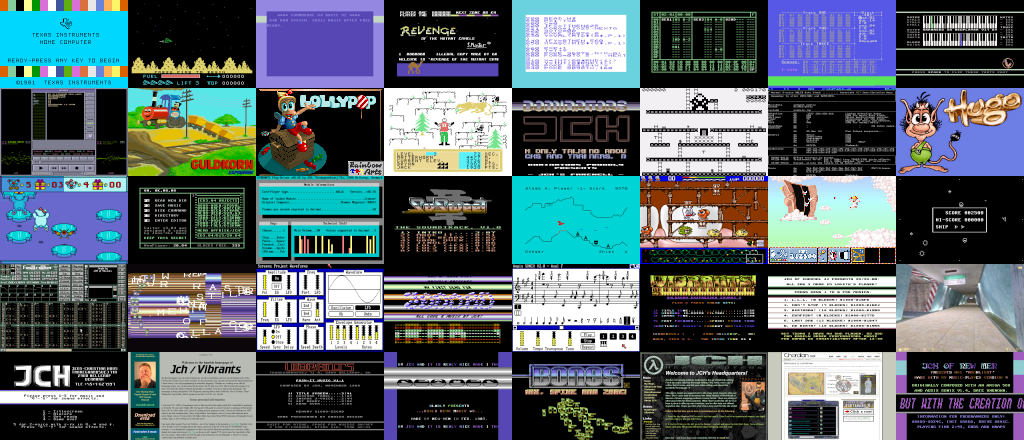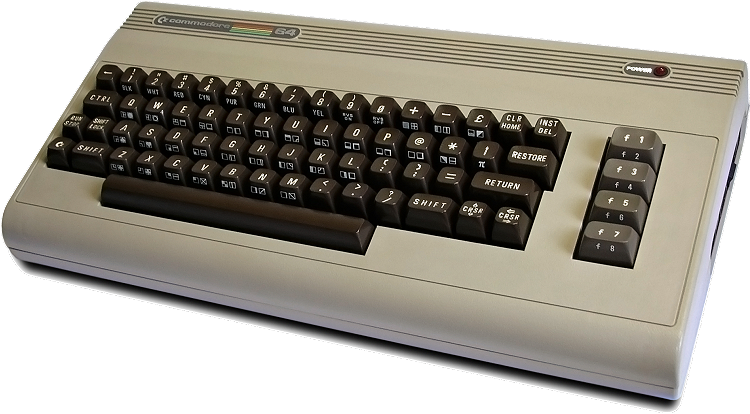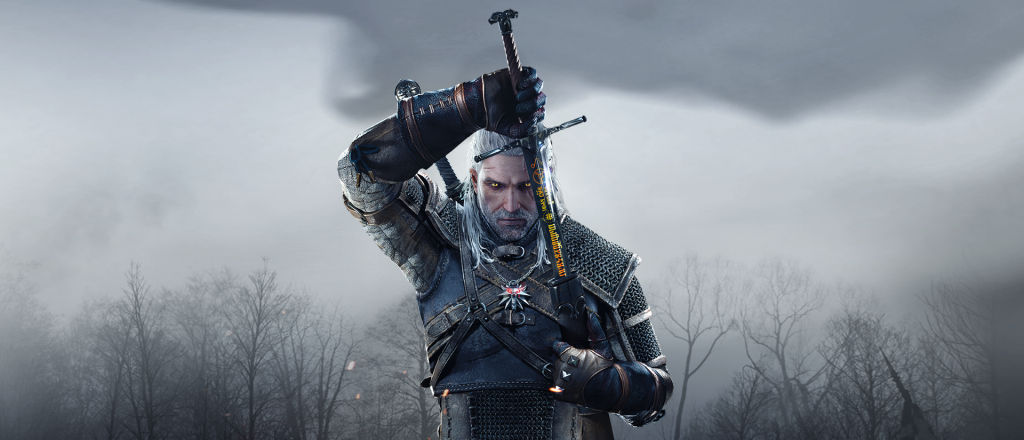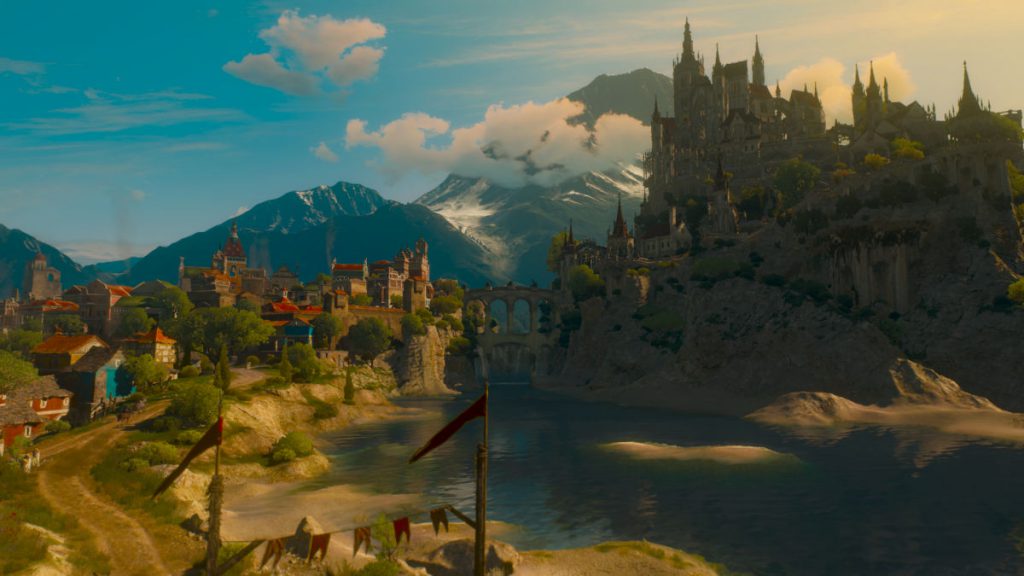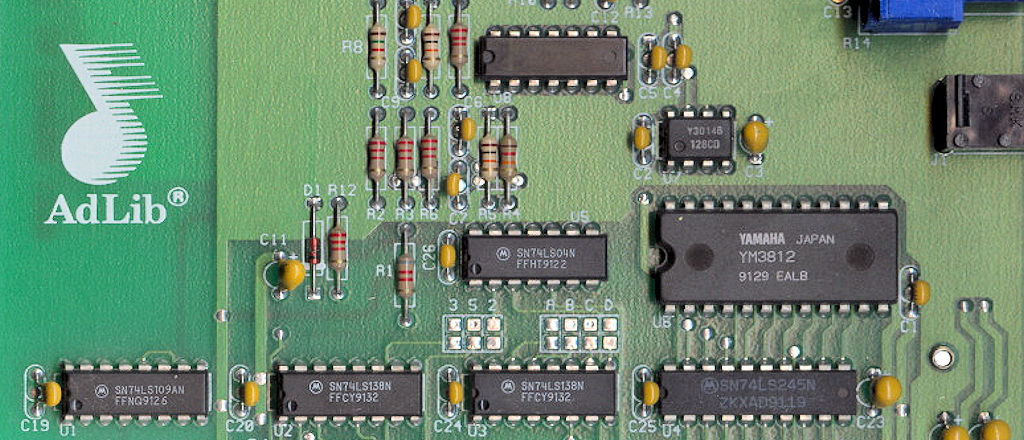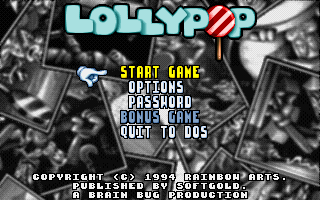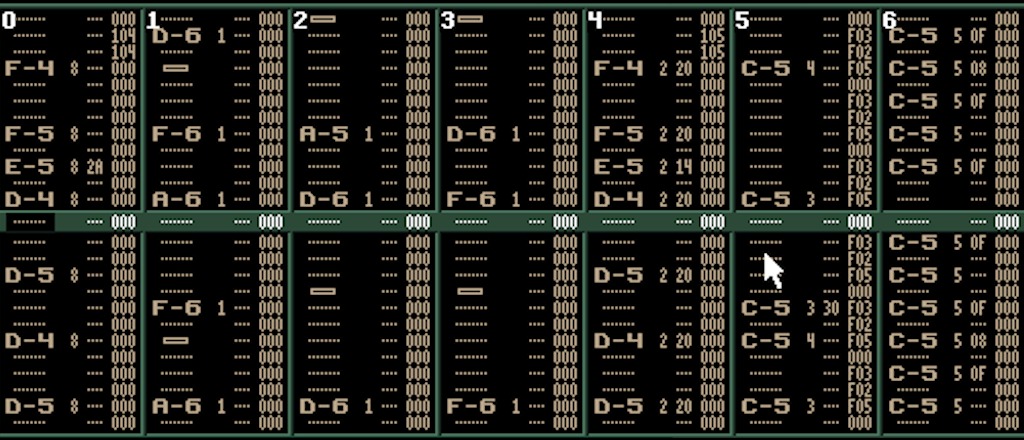This is part 3 in a 5-part series about my computer chronicles, right from the beginning of the 80’s to the end of the 90’s. I’ll go into details about the computers I used, how I got into the C64 demo scene, created my music players and editors, and the experiences I had on the way until the turn of the millennium.
Part 1 is here in case you missed it.
More connections
My swapping friend Kim knew a mate from school that was a member of the Amiga group Channel 42, and soon I had also established connections with them. Although they were strictly demo coders on Amiga, they respected what the C64 could do. In fact, both Niels and Morten were both very easy going and observant, often pointing out the little details in demos on both computers. Morten would later turn out to be a skilled programmer, coding games on Amiga and consoles, while Niels was a graphics artist that knew how to draw inviting cartoon characters. They themselves broadened my connections further as they too knew a lot of other fellow wizards. Niels and Morten would also later be important as they got involved in computer games for Danish television. More about that later in this part.

Kim, Scorpio and I created a C64 division of Channel 42 and I left Dominators to join it. Niels even created a few logos for C64 intros coded by Scorpio.
Towards the end of March 1989, I went to the Ikari & Zargon party in Slagelse. I had just converted a pop hit by Sandra to my NewPlayer on C64 and it was used in a demo by Ikari. This was a shared Amiga and C64 party, and the Channel 42 guys introduced me to Jesper Kyd. He was still learning the ropes at this point, but I noticed that he shared the same penchant for being observant and eager to learn when listening to MOD tunes on Amiga. He got hold of a new one at the party and it was interesting to see the way he immediately zoned in listening to it, concentrating intensely on how it was composed.


